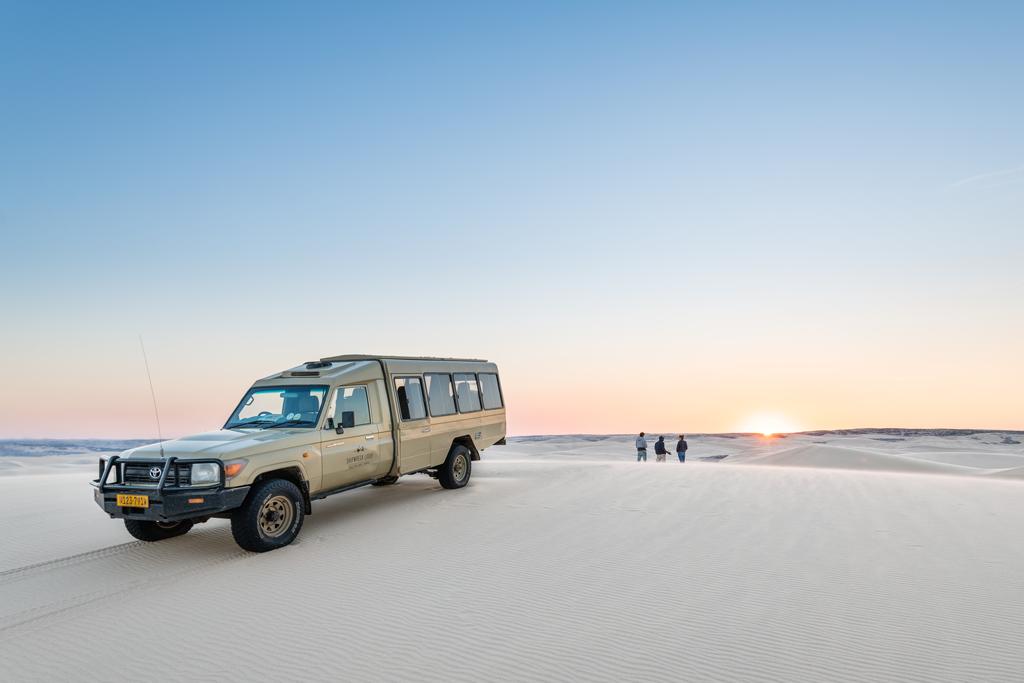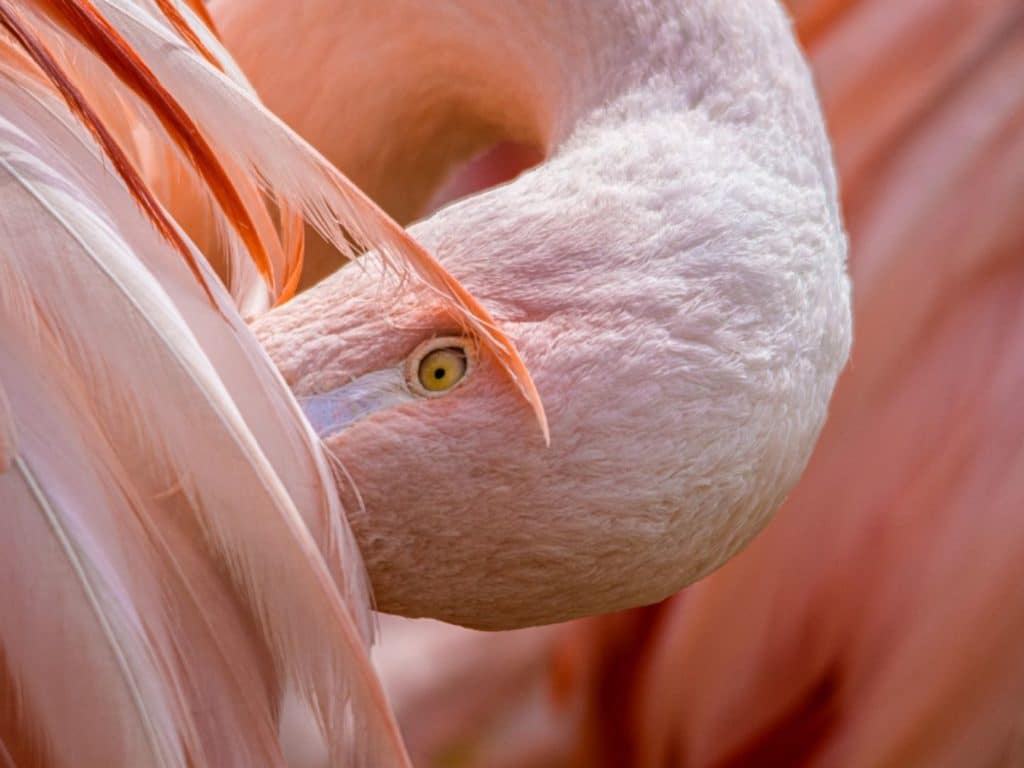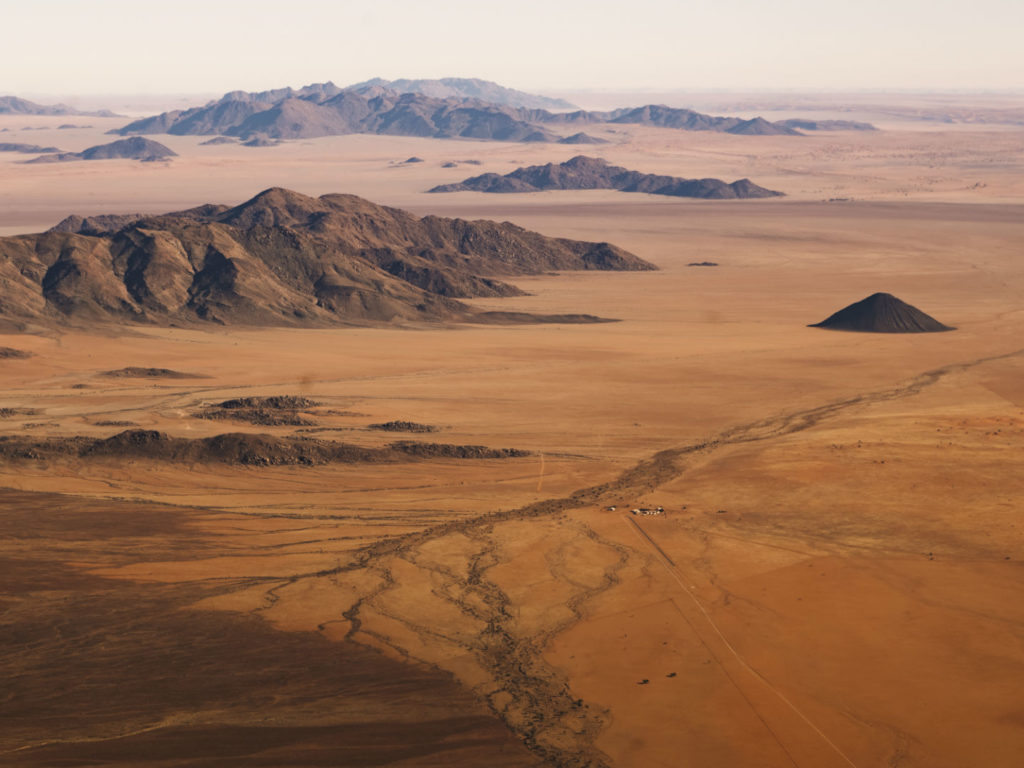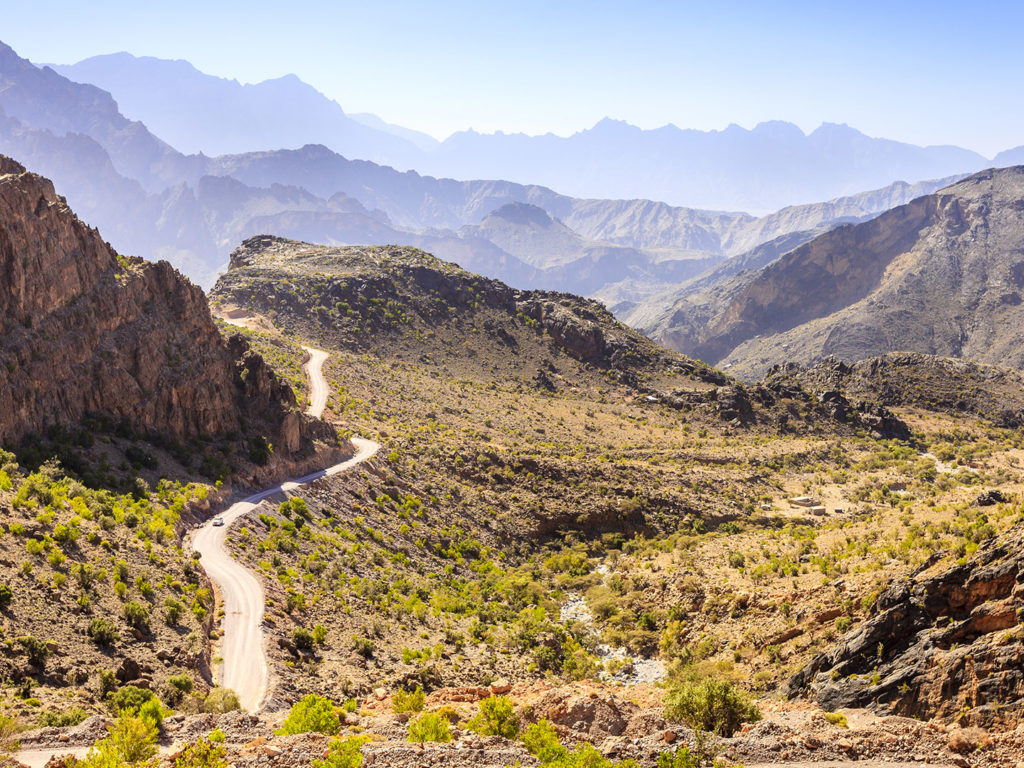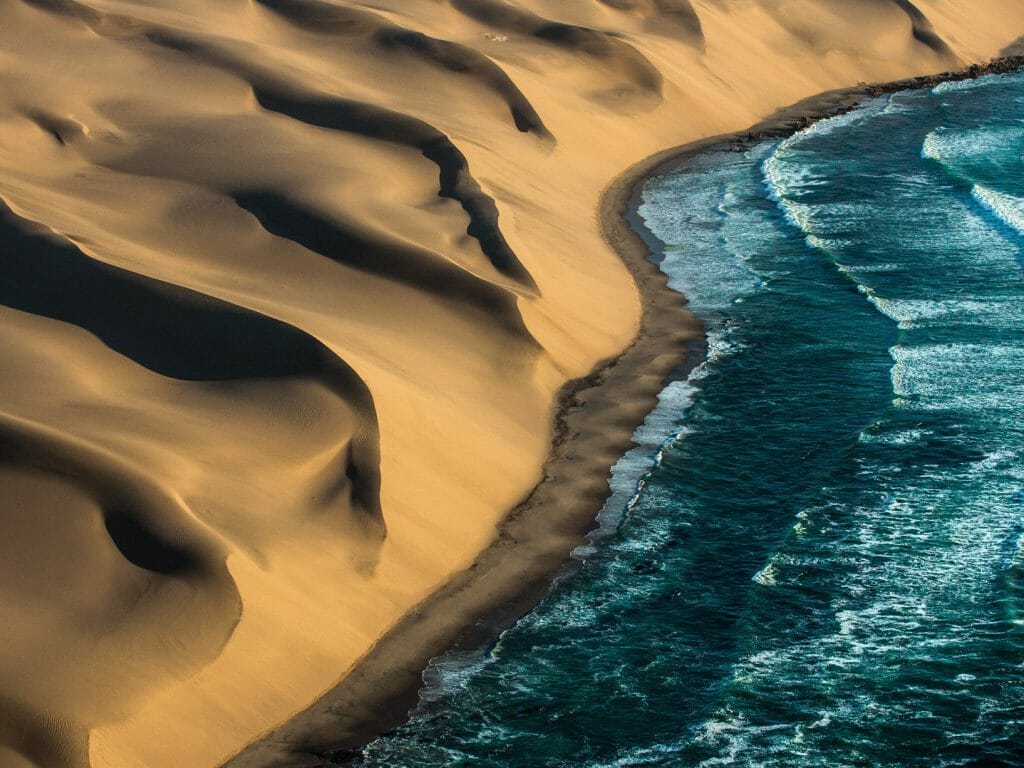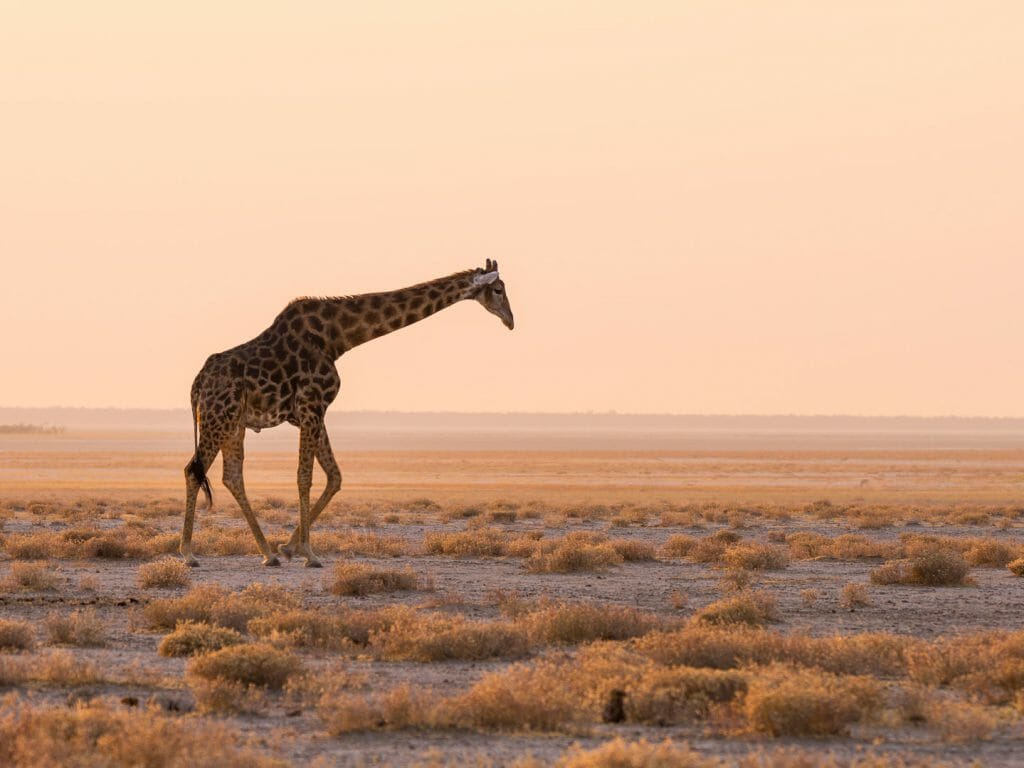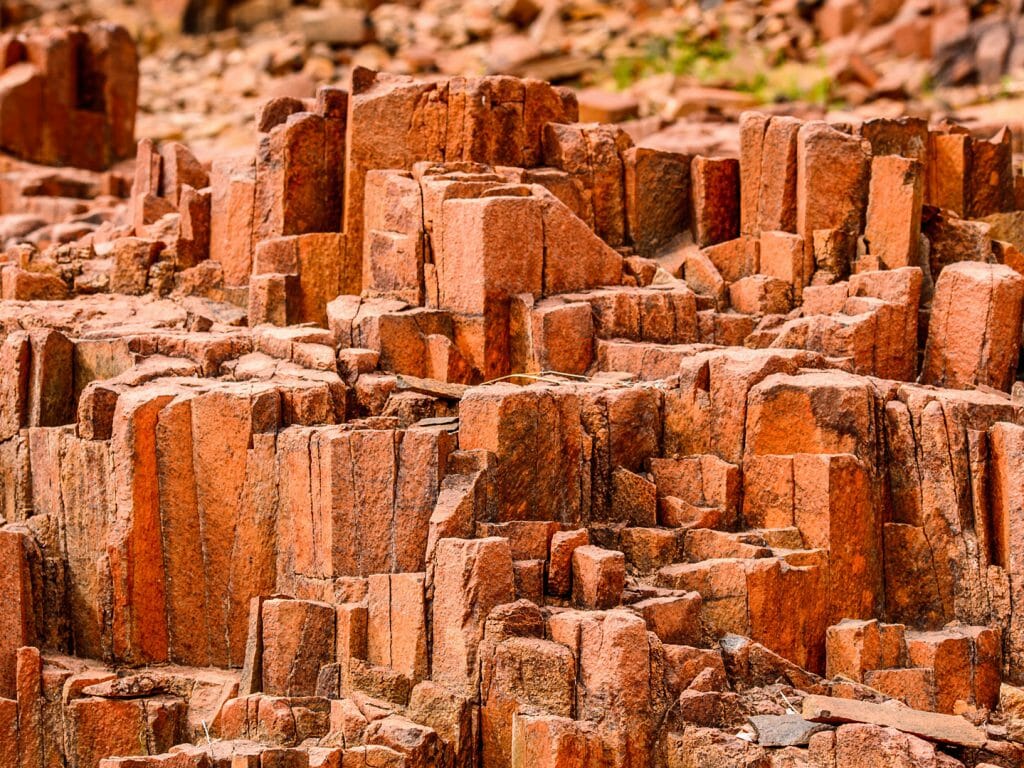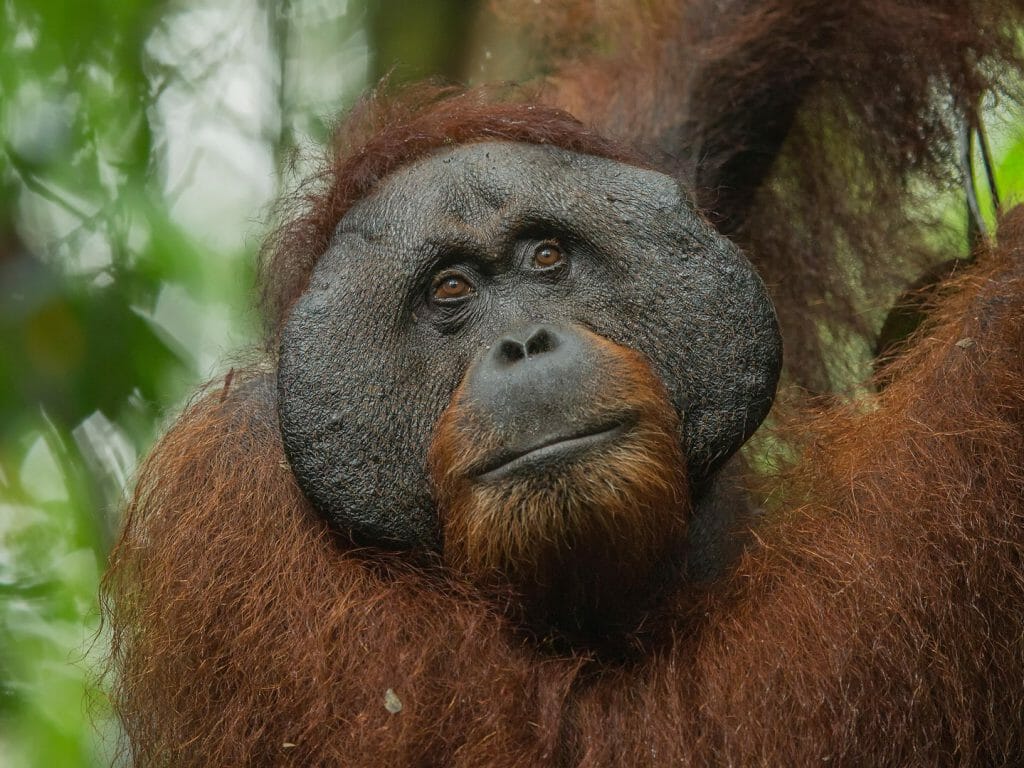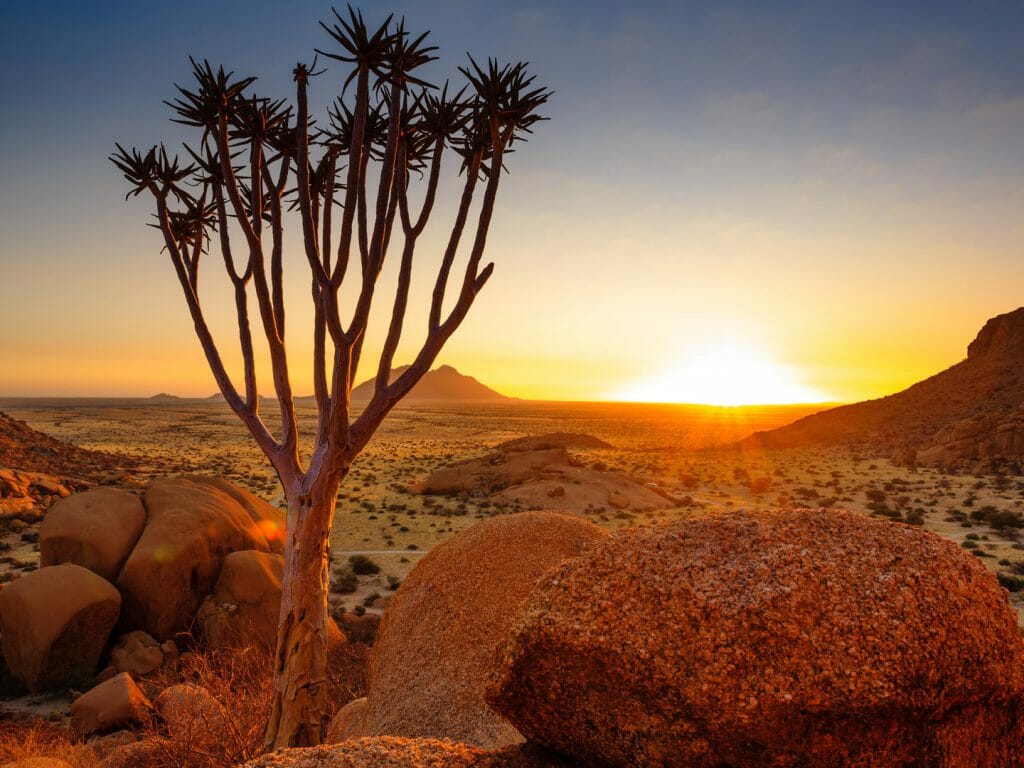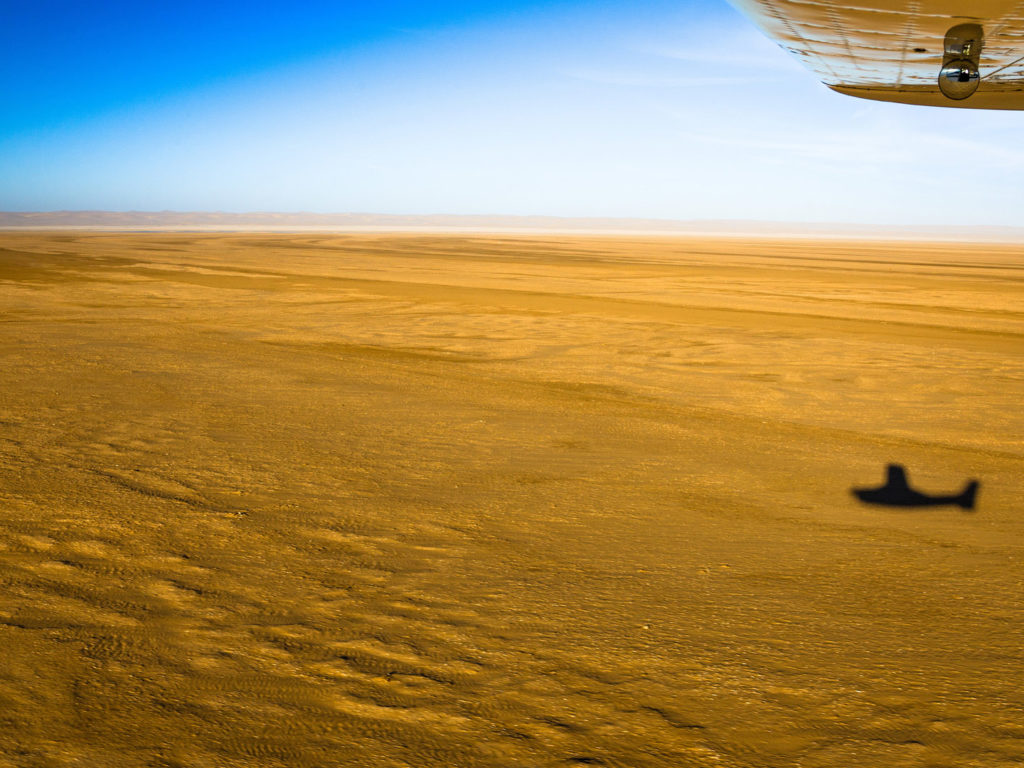With a solid handshake and a wry smile, Vitor Azevedo welcomes me to Namibia. “Are you ready for Khaudum National Park?” he asks. “We have a three-hour journey along the worst road in southern Africa before we get there.”
Khaudum National Park is known as Namibia’s forgotten wilderness. Things are changing though, and Khaudum is being brought in from the wilderness by an intrepid bunch of entrepreneurs, conservationists and philanthropists, determined to put this piece of Kalahari Sandveld on the tourist map.
“Khaudum is special for so many reasons” says Vitor, the Angolan refugee turned conservationist who has just opened the luxury Xaudum Lodge. “The lack of people, the remoteness.”
Khaudum sits beneath the Caprivi Strip to the north and Botswana to the east. It is a transition park, sat between a wet eco-system and a dry eco-system, where unusually one can see rain-loving tsessebes rubbing horns alongside the hartebeest, renowned for preferring the drier plains. “It was a huge migratory route from the swamps of the Okavango across to Etosha” explains Pieter Beytell, senior conservation scientist with the Ministry of Environment and Tourism (MET). “The Bushmen referred to Khaudum as the river of the buffalo before the fences were put up.”
You won’t see buffalo in Khaudum today but you can expect to see elephant. The last census counted 3,000 but the general consensus is a figure of 2,000 is more accurate. During the drier months they congregate around waterholes to quench gargantuan thirsts and wallow in mud. During a late afternoon game drive, my guide Piers and I visit a waterhole, nicknamed the “oil slick” – black cotton soil mixed with water makes a thick, viscous liquid as black as stout and adored by elephants. Enormous bulls glisten like polished coal in the late afternoon sun, their tusks standing out like well-used piano keys against their mud-covered skin. Ebony and ivory.
Until now, Khaudum has been the playground of “two-tone cowboys” (dressed in khaki and green) from South Africa, more interested in testing their four-wheel drive prowess than seeing wildlife. It has also been a favoured area for hunting which means the wildlife can sometimes be skittish. This is changing though and while Vitor makes no secret of his involvement with hunting he is now looking to protect elephants so that Khaudum can attract high-end tourists, wanting to see Africa’s most iconic mammal in a wild, remote and beautiful place.
Back at Xaudum, we are sat having breakfast overlooking a vast open plain of golden bushman grass, dotted with wildebeest and oryx. Zambian teak trees dominate the horizon while in the foreground, crimson breasted boubous hunt for insects in the camel thorn trees. Over strong coffee, Vitor explains his epiphany.
“The sight of a bull elephant being shot…” Vitor shakes his head. “I have had enough of it.”
Hunting generates N$5 million per year for the conservancy that neighbours Khaudum National Park. Ten bulls with a price tag of ½ million Namibian dollars per animal not only bring much needed cash to the community but also provide meat to local people. Vitor recently offered to donate N$5 million to the conservancy and to provide enough cattle to produce meat equivalent to that of ten elephant carcasses, on the condition that elephants were not hunted. The offer was rebuffed by MET but Vitor is not the kind of man to give up. At least not without a fight. At the age of twelve years old, he was one of thousands of refugees who poured across the border from Angola into Namibia (then South West Africa) during the Angolan Bush War. The story of his formative years is one of refugee camps and hard knocks but his affection for Namibia is manifest in his determination to make things work in Khaudum.
“I want to give something back to the people and the wildlife of Namibia” he says with a sense of conviction in his eyes. “This is the land that offered me a home.”


